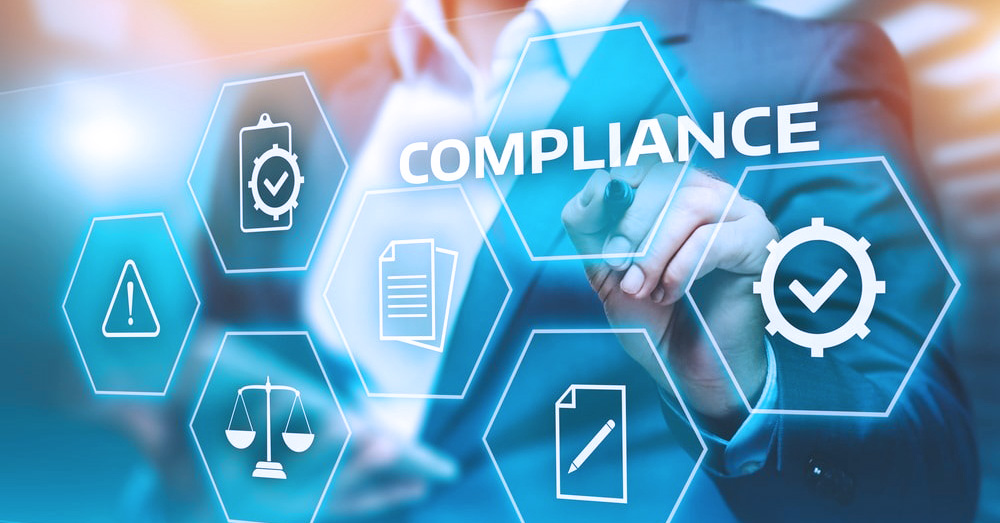In today’s digital age, ensuring the safety and integrity of your online assets is paramount. With the increasing frequency of cyber threats and data breaches, cybersecurity compliance has become an indispensable aspect of any online venture. In this article, we will explore the significance of cybersecurity compliance and its role in safeguarding your digital ecosystem.
Understanding Cybersecurity Compliance
Cybersecurity compliance refers to adhering to a set of guidelines, standards, and regulations established to protect digital infrastructure from cyberattacks and data breaches. These measures are not only crucial for safeguarding sensitive information but also for maintaining the trust of your customers and partners.
The Importance of Cybersecurity Compliance
- Protecting Sensitive Data: One of the primary objectives of cybersecurity compliance is to protect sensitive data, including customer information, financial records, and intellectual property. Failure to do so can result in severe consequences, including legal action and reputational damage.
- Mitigating Cyber Risks: Cyber threats are constantly evolving, becoming more sophisticated with each passing day. By adhering to cybersecurity compliance standards, you can proactively identify vulnerabilities and implement measures to mitigate potential risks.
- Meeting Regulatory Requirements: Depending on your industry, you may be subject to specific cybersecurity regulations. Failing to comply with these regulations can lead to hefty fines and legal penalties. Cybersecurity compliance ensures that you stay on the right side of the law.
Key Components of Cybersecurity Compliance
Achieving cybersecurity compliance involves several key components, including:
1. Risk Assessment
Before implementing cybersecurity measures, it’s essential to assess your organization’s unique risk profile. This involves identifying potential threats, vulnerabilities, and the potential impact of a security breach.
2. Security Policies and Procedures
Developing comprehensive security policies and procedures is fundamental to compliance. These documents outline the guidelines and best practices that your organization must follow to maintain a secure digital environment.
3. Employee Training
Human error remains one of the leading causes of security breaches. Proper training and awareness programs can significantly reduce the risk of unintentional security lapses.
4. Regular Audits and Testing
Continuous monitoring, audits, and testing of your cybersecurity measures are essential. This ensures that your defenses are up to date and effective against evolving threats.
Conclusion
In conclusion, cybersecurity compliance is not an option; it’s a necessity in today’s digital landscape. By prioritizing the protection of your digital assets and customer data, you not only safeguard your business but also gain a competitive edge. Remember, a proactive approach to cybersecurity compliance can save you from the devastating consequences of a cyberattack. Stay secure, stay compliant!

